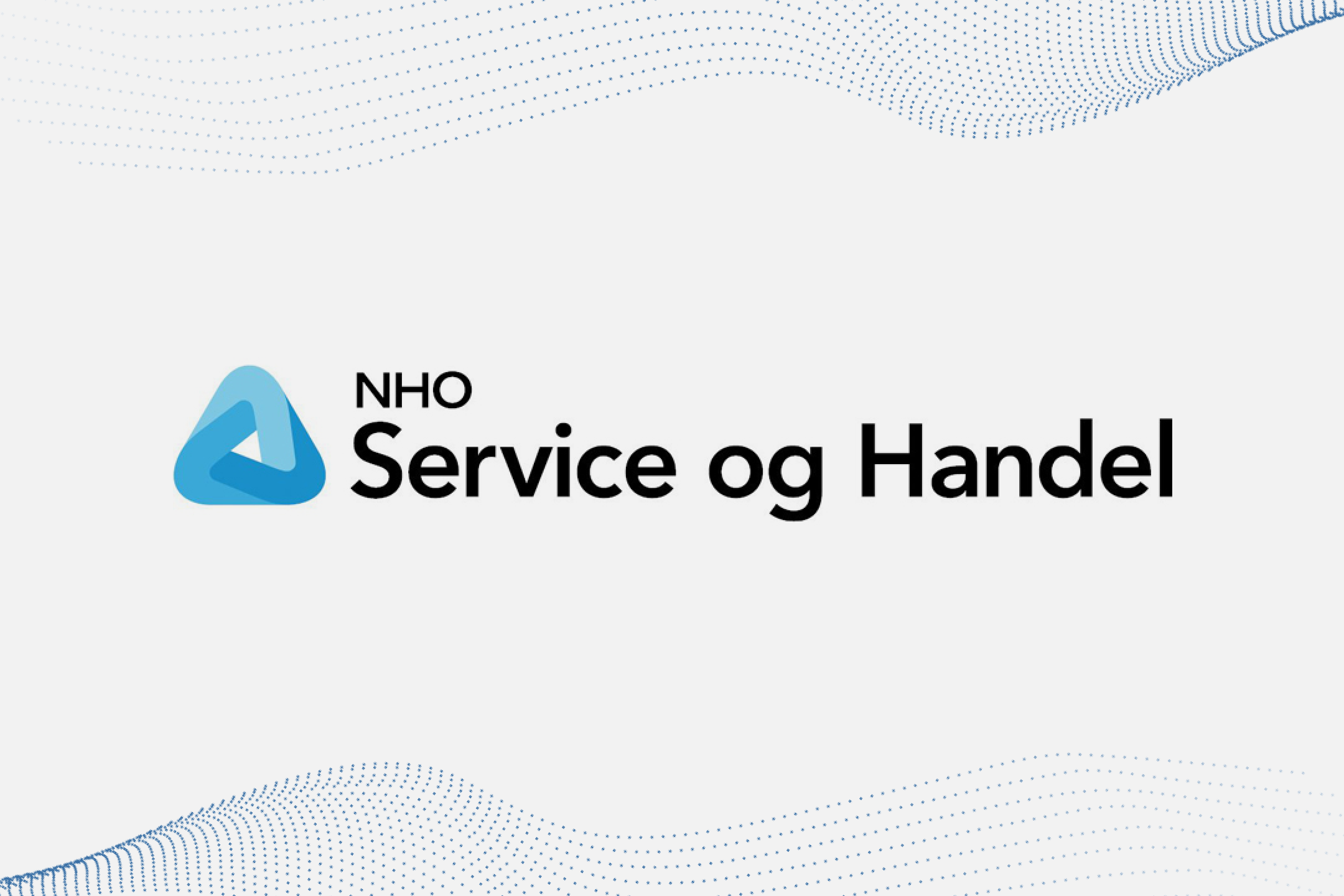Poland is 10.2% Circular
A circular economy can help Poland reduce its material use by 40%, creating a more resilient and sustainable economy.
The recently launched Circularity Gap Report Poland shows that Poland’s economy is 10.2% circular. However, the country is well poised to spearhead a circular transition with its track record of resilience—Poland is on its way to becoming energy independent from Russia, taking a harder stance than many neighbouring countries, for instance. What’s more, Poland has strong control over its resource supply: a lot of production occurs domestically, giving it the conditions needed to drive circularity forward.
Launched by the Nordic Circular Hotspot Partners Circle Economy, Innowo and Natural State, and funded by the EEA and Norway Grants programme, the Circularity Gap Report Poland calls on Polish policymakers and business leaders to prioritise the circular economy and integrate policies on circularity and material use in Poland’s climate legislation.
Why should we choose the circular economy?
Why? The report finds that the Polish residents consume too much: 13.8 tonnes per person per year, compared to the global average of 11.9 tonnes and nearly double what’s considered a sustainable level—8 tonnes. The vast majority—almost 90%—of the resources Poland uses come from virgin sources, while only 10.2% are cycled back into the economy. This means too much is going to waste. The country is also characterised by a relatively high carbon footprint, owing to its dependence on fossil fuels, especially coal: Poland hosts just 0.49% of the world's population but is responsible for 0.78% of its carbon footprint.
The solution? The Circularity Gap Report Poland outlines six circular scenarios that policymakers and businesses can use to shrink Poland’s material use by 40.4%, reduce its carbon footprint by 49.1% and almost double its Circularity Metric, bringing it up to 19.9%. The six scenarios in the report lay down the foundations of what Poland can do across the most impactful sectors with the aim of provoking discussion and opening pathways for improvement. The recommendations for action are grounded in reduce, reuse, repair and remanufacturing strategies, helping to make key sectors—such as the built environment, agrifood and mobility—more circular. The report also highlights opportunities for Poland to collaborate with nearby Norway to share knowledge and human capital and seize trade opportunities to accelerate the adoption of circular strategies.
Want to learn more about the improvements adopting a circular economy can have? Find out more in the Circularity Gap Report: www.circularity-gap.world/poland











